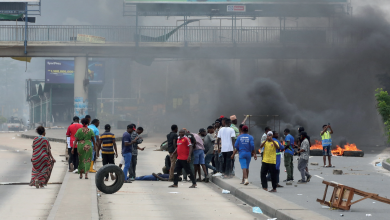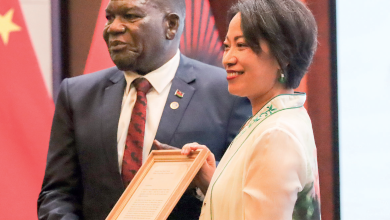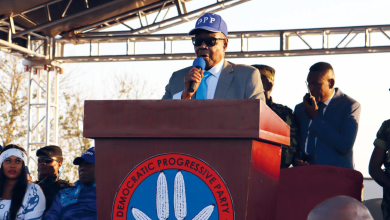Malawi unveils $163mfertiliser, soil health plan
Ministry of Agriculture has launched Malawi Action Plan on Fertiliser and Soil Health (2024–2034), a 10-year strategy designed to restore soil productivity, improve fertiliser use, and curb land degradation.
The plan is expected to cost $163 million to implement.
Speaking at the launch in Lilongwe yesterday, Minister of Agriculture Sam Kawale said the plan centres on soil, water and labour with the goal of boosting soil health, improving irrigation for water retention and enhancing efficiency through mechanisation.

He said the approach should blend both organic and inorganic fertilisers while ensuring proper pH management and erosion control.
“For a very long time, we have been very myopic on how we are producing our crops. Most of the times, we think that the use of inorganic fertilisers alone will solve the problems that we have of food shortage, which is not the case,” Kawale said.
Mwapata Institute executive director William Chadza welcomed the plan, noting that most soils in Malawi are “sick” due to erosion and underuse of organic fertilisers.
He said a complementary approach between organic and inorganic inputs could boost fertiliser efficiency and improve productivity.
With over K400 billion spent on the Affordable Inputs Programme (AIP) in just three years, the launch comes as critics urge a pivot towards long-term soil health to save taxpayers from rising fiscal strain.
Government has allocated K131.6 billion to AIP in the 2025/26 budget— down from K161 billion last year, but still above K110 billion in 2023/24.
A recent multi-country study by the International Food Policy Research Institute (IFPRI) titled “Maize Yield Responsiveness and Profitability of Fertiliser: New Survey Evidence from Six African Countries” found that Malawian farmers produce just 4–7 kilogrammes of maize per kilogramme of nitrogen applied, compared to over 15 kg in Ghana and Nigeria, where subsidies are limited.
The findings question the returns of Malawi’s politically popular but economically draining subsidy model





